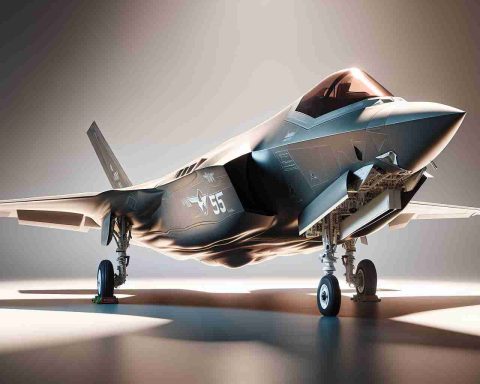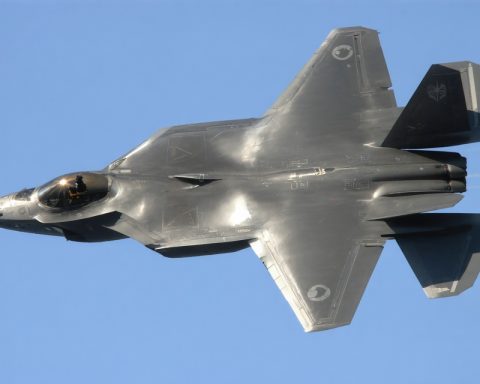Iconic Yet Underutilized
The F-14 Tomcat is undeniably one of the most recognizable aircraft in military aviation history. While its wide, flat fuselage and swept wings make it easily identifiable, much of the fame it enjoys today comes not from battlefield glories but from its starring role in the Top Gun films. The aircraft saw limited combat action post-Vietnam, with a near-nonexistent air-to-air combat record under the U.S. Navy.
On-Screen Warrior
Within three decades of American service, F-14s achieved a mere five confirmed air-to-air kills. This is overshadowed by its fictional success in the 1986 Top Gun film, where the F-14 is showcased as a star alongside Hollywood actors. The film’s director creatively presented the fighter’s sleek design against picturesque backdrops, elevating its reputation significantly. A stirring narrative was depicted, where the F-14 successfully engages several fictional MiG-28s.
In the sequel released in 2022, the F-14 makes a dramatic cameo. The plot involves the aircraft being stolen from an enemy airfield for a daring mission. The jet challenges modern fifth-generation fighters and emerges heroically, further cementing its cinematic legacy.
International Battle Achievements
Despite limited action in U.S. hands, the Tomcat found combat success abroad. Exported to Iran prior to their revolution, the Iranian F-14s were notably effective during the Iran-Iraq War, claiming numerous victories against Saddam’s forces. Although the exact figures are debated, Iranian F-14s are credited with many more air-to-air kills than their American counterparts, highlighting the aircraft’s true combat potential.
The F-14 Tomcat: From Silver Screen Icon to International Combat Ace
The F-14 Tomcat is not just a star of cinema; it’s an engineering marvel with a unique history. While it may have been underwhelming in U.S. combat, the Tomcat’s international engagements reveal its real potential and capabilities.
Innovations and Features
Introduced in the 1970s, the F-14 Tomcat boasted innovative features for its time, including variable-sweep wings for enhanced aerodynamics and the potent combination of its radar and armament, which allowed it to engage multiple targets at long ranges. These technological advancements allowed the Tomcat to excel in scenarios that demanded both speed and maneuverability.
Alternative Use Cases
Beyond its combat role, the F-14 served crucially in reconnaissance, thanks to its Tactical Airborne Reconnaissance Pod System (TARPS). This adaptability underscored its versatility in various military operations beyond direct combat, offering strategic feedback from a safe distance.
International Service and Legacy
Iran’s use of the F-14 during the Iran-Iraq War distinguished the aircraft’s international combat record. Despite debates over exact numbers, Iranian pilots successfully leveraged the Tomcat’s sophisticated radar and missile systems to secure numerous kills, far surpassing its U.S. air-to-air combat achievements. This demonstrated the aircraft’s capability in a well-utilized, strategic environment.
Trends and Predictions
Given the advancements in aviation technology, the F-14 has passed the baton to more advanced aircraft. Its legacy, however, influences modern jet designs, particularly in the variable-sweep wing technology and how future aircraft are visually and operationally integrated into multimedia formats for public engagement.
F-14’s Cinematic Impact
The cultural significance of the F-14, propelled by the Top Gun movies, highlights the interplay between media portrayal and military hardware. This cinematic presence not only revived interest in piloting careers but also ensured that the F-14 remained a household name long after its operational retirement from the U.S. Navy.
For more insights into advanced military aviation, you can visit the Lockheed Martin website for recent developments and innovations in aircraft technology.











